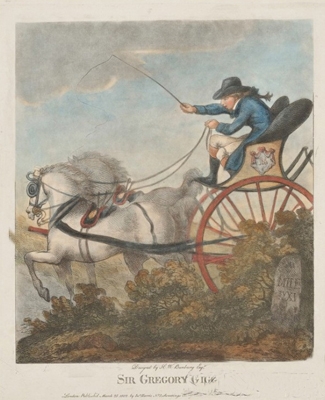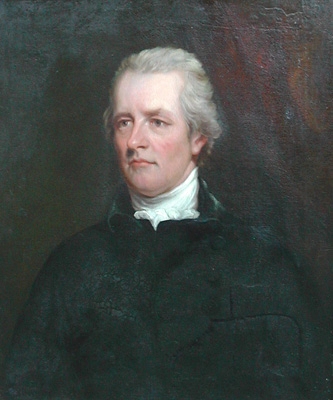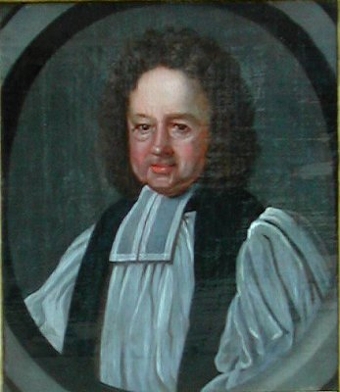featured item

exceptional quality antique victorian oak marquetry strun... Read more
st vincents church caythorpe lincolnshire
- View other items in:
- antiques interior design modern and vintage
- other interior design
artware ltd
Enquire about this antique
Artware Ltd has 565 antiques for sale.
click here to see them all
Caythorpe is a large village in South Kesteven, Lincolnshire north of Grantham on the A607. North of the village is Fulbeck, and south are Normanton and Carlton Scroop. Caythorpe Heath stretches east of the village right across to Ermine Street, and Byards Leap. The nearby Caythorpe Court (to the east of the village) since 1946 was for many years Kesteven Agricultural College (the only south-west Lincolnshire agricultural college, noting how agricultural Lincolnshire is). In 1980, it became part of Lincolnshire College of Agriculture and Horticulture. It was taken over by De Montfort University in 1994, in the hope it would attract wider country interest. When Riseholme Agricultural College (also part of De Montfort, with which it was linked) was adopted by the new University of Lincoln in October 2001, Caythorpe was subsumed into the new university, though the distance from Lincoln would prove too much to manage for the university''s management. Under the regime of the new Lincolnshire School of Agriculture, no longer a satellite college to Leicester, it sadly shut in September 2002. The old college was then turned into one of many PGL''s activity centres. Caythorpe Hall is on the northern edge of the village; it was built between 1824 and 1827 for Colonel Packe, in the classical style. The park wall is all that remains of the earlier house, the seat of the Hussey family. The village church is St Vincent, a 14th Century listed building. The village pubs are the Red Lion and the Waggon & Horses.
Antiques.co.uk Ref: YQJPYJPK
- Materials:
- Pencil/watercolour
- Width (cm):
- 15 x 11 in. 38 x 28 cm.
Artware Ltd
Artware Fine Art specialises in fine antique, decorative and historical portraits and topographical pictures . We cover a period from the 17th and 18th centuries through to the 19th & 20th Centuries. We have over 150 portraits in stock, which can be viewed on our web site, each historical portrait has well researched biographical information both on the sitter and the artist.
Contact details
18 La gare
51 Surrey row
London
Greater London
SE1 0BZ
UNITED KINGDOM
T: 0207 921 97904
E: greg@artwarefineart.com
W: www.artwarefineart.com











